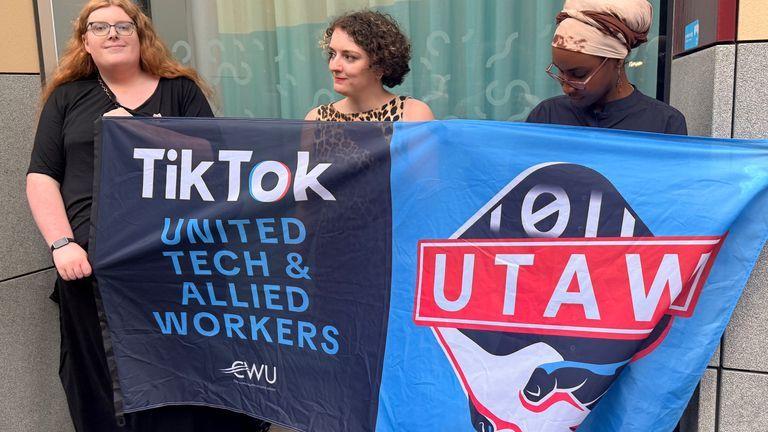
Find your why
You can only organise if you know why you’re doing it. Get passionate. Your reasons for unionising will sustain you through the hard times.





Find your why
You can only organise if you know why you’re doing it. Get passionate. Your reasons for unionising will sustain you through the hard times.

Form a planning committee
Often this is formed out of the initial group who wants to do the union. Get some people together who have the time and drive to push things forward. Lots of people support the idea of unions, but might not be able to take a leadership role – they might be in a precarious position, or just don’t have the time. Set a regular time to meet outside of working hours. Set up a group chat. Bond over memes.

Set a regular meeting time outside work
You build solidarity, strategise, encourage each other, and support each other here.
In the journey towards unionizing a workplace, certain strategic steps are crucial for success. This process involves careful planning, understanding the workplace dynamics, and building a strong foundation of support among employees. The following steps provide a roadmap for effectively organising and winning a union recognition within a company. It's important to approach these steps with discretion and a clear understanding of the workplace environment to ensure the efforts lead to a positive outcome.
Organising within a workplace is akin to running a political campaign. It's not about electing a candidate or pushing a policy, but more of a referendum on workplace decision-making: should management have all the say, or should employees have a voice in demanding change? Here's a breakdown of the process
Agitation and Identifying Needs: The first step involves engaging with colleagues to discern what aspects of the workplace are satisfactory and which are not. This process helps in understanding varied needs, be it better pay, job security, healthcare, respect, or ethical work concerns.
Gaining Support and Announcing Intent: Once there's enough backing, the next move is to announce the intention to unionise. Management might voluntarily recognise the union or opt for a statutory recognition vote.
Statutory Recognition: If it leads to a vote, the Central Arbitration Committee steps in to ballot the bargaining unit. Success requires a majority vote in favour of unionisation within this unit.
Defining the Bargaining Unit: This unit could be any employee group - the entire workforce, a specific branch, or certain departments. Ideally, encompassing all UK employees strengthens the union's influence.
Power of Collective Bargaining: Unions hold the legal authority to negotiate improved pay and conditions for all employees, including those not in the union. This is achieved through collective bargaining, where a team of negotiators works to ensure the company adheres to fair practices.



